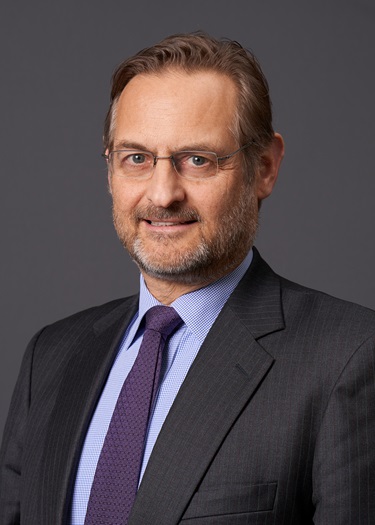Publications
European Commission Issues Additional Medtech Vigilance Guidance
The European Commission has issued important additional guidance for the European medtech industry on the vigilance system to be operated under the currently applicable European Union (EU) Medical Devices Directives. Although the Commission’s MEDDEV guidelines are not directly binding for devices placed on the Swiss market, they set the interim standard which has to be respected by all manufacturers of devices in Switzerland until the new Swiss medical devices ordinances are adopted and applicable. Moreover, compliance with the MEDDEV guidelines by the Swiss medtech industry will ensure continuing supply of devices to both the Swiss and EU markets.
The additional guidance, available here, clarifies inter alia when and how manufacturers must report incidents, when manufacturers are required to take a Field Safety Corrective Action (FSCA) and how manufacturers should prepare Field Safety Notices (FSNs). The additional guidance urges National Competent Authorities (NCAs) to coordinate more efficiently to address product concerns, and it explains for the first time what the role of the so-called vigilance task force should be, which is established when particularly complex vigilance issues arise.
To facilitate your review of the additional guidance, which updates MEDDEV 2.12-1 rev. 8 (January 2013), Sidley has prepared a consolidated version, which can be accessed here.
The EU Medical Devices Directives set out post-market surveillance obligations applicable to manufacturers of medical devices and in vitro diagnostic devices. Specifically, manufacturers must have (and maintain) a systematic procedure to review experience gained from devices in the post-production phase and ensure the implementation of appropriate means to apply any necessary corrective action. The Directives require that manufacturers report incidents and recalls to their national competent authority.
The reactive part of the post-market surveillance system, namely the obligations related to vigilance, are further detailed in the Commission’s guidance MEDDEV 2.12-1 rev. 8, which sets out the requirements for manufacturers’ operation of a vigilance system.
However, both the Directive and the further guidance provided by MEDDEV 2.12-1 rev. 8 contain very little detail on the vigilance obligations for manufacturers, in particular taking into account the importance of the topic. As a result, many manufacturers find that vigilance reporting can be a confusing obligation to comply with.
The Commission’s additional guidance aims at clarifying a number of existing definitions, implementation and reporting requirements.
An important aspect of the additional guidance is the deletion of the general requirement for the NCA to consult, where appropriate, with manufacturers when preparing a National Competent Authority Report (NCAR). The additional guidance provides that it may not always be appropriate or justified for the manufacturer to be consulted or informed of a NCAR in cases where there is a serious risk to the safety of patients or other users but where no corrective action has yet been established. However, the additional guidance requires, in all cases, that the manufacturer be consulted when a NCAR is prepared in response to (i) an FSCA being performed by the manufacturer and (ii) a NCA’s request to the manufacturer to perform an FSCA or to make changes in an FSCA that the manufacturer has already initiated.
When a manufacturer is consulted, the NCA must provide a deadline for comments, and if no comments are received by the deadline, the NCAR shall be distributed. The additional guidance requires that a NCAR should be distributed by the NCA immediately, and in no case later than 14 calendar days after being informed by the manufacturer.
The additional guidance also explains when a so-called vigilance task force may be set up and its role in communicating with other stakeholders, including the manufacturer. Many companies in the medtech industry may already have crossed paths with a vigilance task force, which is established when particularly complex vigilance issues arise. Until now, such task forces have operated with seemingly unknown roles and responsibilities. This additional guidance is therefore a welcome clarification for companies involved in proceedings involving a vigilance task force.
In addition, the additional guidance modifies certain definitions and clarifies the implementation of FSCAs and the content of FSNs.
A compliant vigilance system is a crucial part of a well-functioning post-market surveillance system, which ensures that devices placed on the market in the EU are safe and perform as intended. In particular, the industry should be reminded that correct and timely incident reporting, FSCAs and FSNs as well as a systematic procedure to review experience gained from devices in the post-production phase are cornerstones when Notified Bodies and national competent authorities review compliance.
As the medtech industry is preparing for the application of the new Medical Devices Regulations, a review of the additional guidance on the vigilance system is a welcome opportunity for companies to ensure that new post-market surveillance requirements will be implemented and operational on time. Compliance with the new guidelines is designed to ensure continuing supply of devices to both the Swiss and EU markets.
Contacts
Capabilities
Related Pages
Suggested News & Insights
- Stay Up To DateSubscribe to Sidley Publications
- Follow Sidley on Social MediaSocial Media Directory

